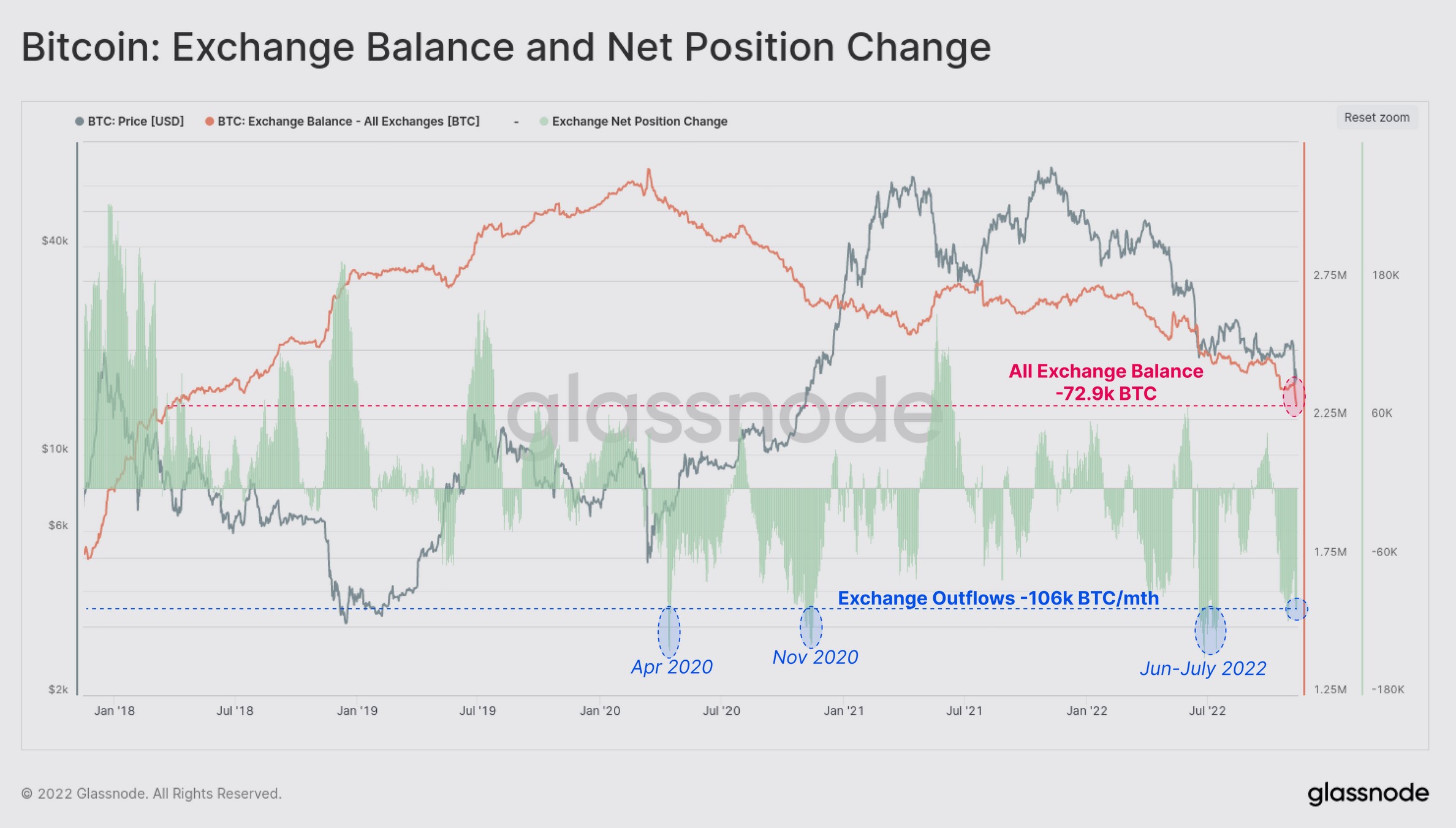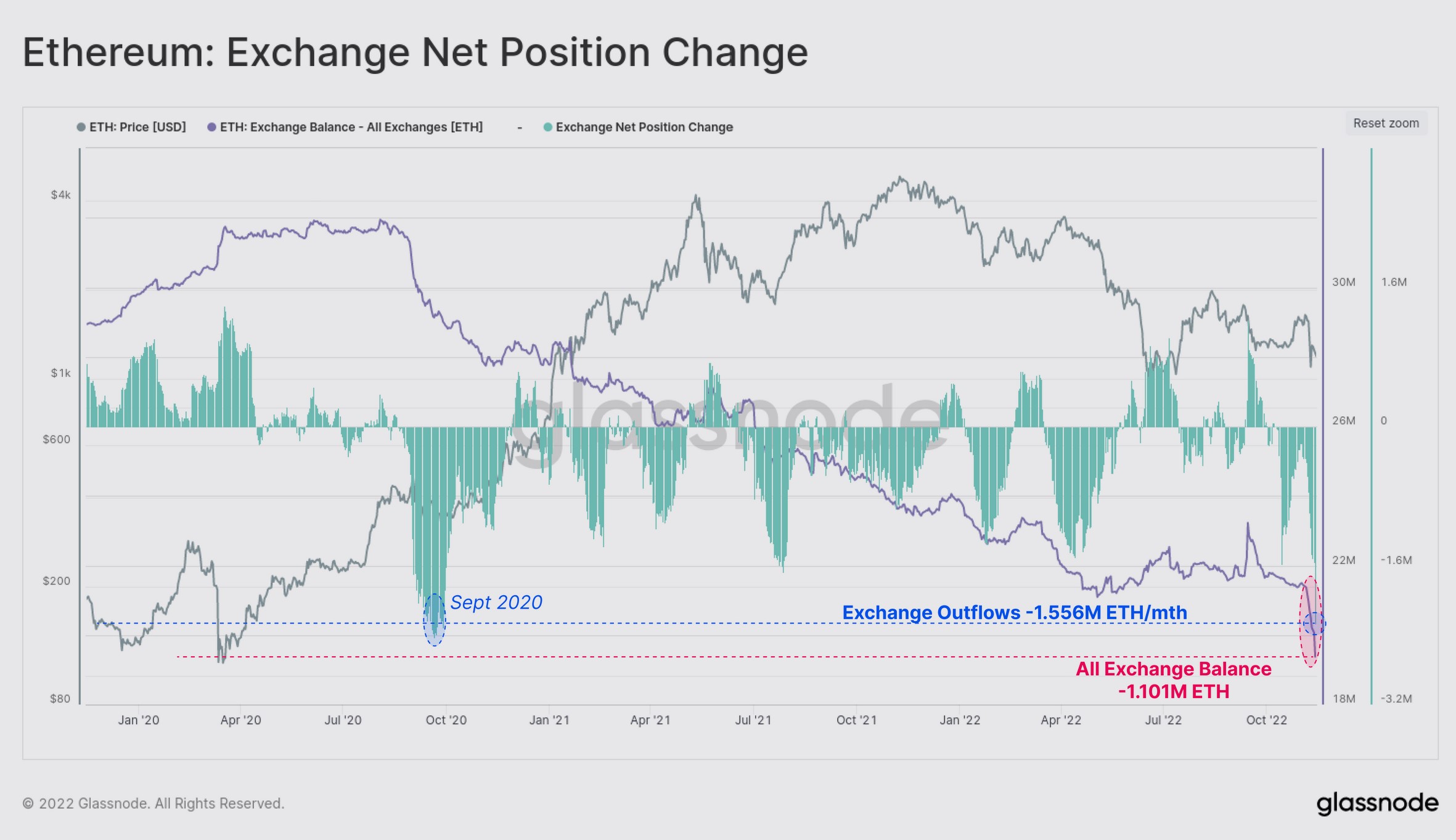[ad_1]

Events of the previous week have been completely crippling for Bitcoin.
FTX’s collapse presents as probably the most impactful insolvency of a centralised firm within the crypto house because the demise of Mt Gox in 2014. For these unlucky sufficient to have had their funds caught up in FTX, Mt Gox presents as a sobering comparability – eight years on from the trade shutting its doorways, prospects have but to see a single cent.
Bankruptcy proceedings are lengthy, drawn out and can probably solely finish with prospects getting pennies on the greenback, in any case. The actuality of an $8 billion gap within the stability sheet at FTX just isn’t going away anytime quickly.
Cold storage is the one protected means
These occasions couldn’t be a greater reminder of the hazards inherent within the cryptocurrency house. There are not any bailouts within the crypto house. These are usually not banks, lined by insurance coverage, reserve necessities or different strict laws.
The actuality is that it’s nearly inconceivable to know what exchanges are doing with prospects’ deposits. Until it turns into too late that’s – we’ll probably know very quickly what precisely occurred to all of the funds caught up within the tangled net of Alameda and FTX.
There is just one means that somebody can serve their crypto belongings with 100% security, and that’s chilly storage. Pulling belongings offline means there’s zero counterparty danger, with holders not having to belief another particular person, get together or middleman. It’s kind of akin to stuffing gold bars below your mattress, in a means.
Funds flowing out of exchanges and into chilly storage
Look at knowledge from on-chain analytics agency Glassnode, the flows of Bitcoin this previous week present fairly how a lot the market has been spooked. People are discovering out the laborious means that cold storage is the one protected method to be.
In truth, exchanges have simply skilled one of the biggest weekly outflows in Bitcoin historical past, with practically 73,000 bitcoins departing exchanges.
 This places the week in the identical realm because the panic of March 2020 when the COVID pandemic hit, in addition to June and July of this 12 months, when the market crashed within the wake of the Terra disaster, and all of the companies caught up in that net.
This places the week in the identical realm because the panic of March 2020 when the COVID pandemic hit, in addition to June and July of this 12 months, when the market crashed within the wake of the Terra disaster, and all of the companies caught up in that net.
Looking at Ethereum, the sample is comparable:

Has Tether seen promoting?
Another attention-grabbing issue to trace within the wake of these (unlucky repeated) crises is Tether. The controversial stablecoin noticed seelig down so far as 95 cents within the wake of the Terra disaster, as folks feared that it didn’t have sufficient reserves to deal with the immense promoting stress, which noticed its market dip from $83 billion on the eve of the meltdown to $63 billion a month later.
This time spherical, the response has been extra subdued – at the very least to date. Tether has skilled promoting, simply not on the identical stage as May, as its market cap has dipped from $69.8 billion to $66.3 billion, a dip of 5%.
The peg has failed to carry $1, however has come nowhere close to dipping so far as 95 cents seen in May. This time spherical, it bottomed at $0.986 – and even at that, very briefly final Thursday. While it has not reclaimed its $1, it is rather shut at solely fractions of a penny off.
In conclusion, this disaster has had an apparent impact available on the market’s sentiments. It is notable that because it was taking place, CZ, Binance’s CEO, was tweeting out that anyone curious about security merely should flip to chilly storage.
It seems that the market is listening. That and, properly, promoting. Both reactions are comprehensible, as crypto reverberates from yet one more crippling blow stemming from a centralised participant using poor danger administration, naivety and reckless leverage – with prospects once more holding the bag.
[ad_2]
Source link



